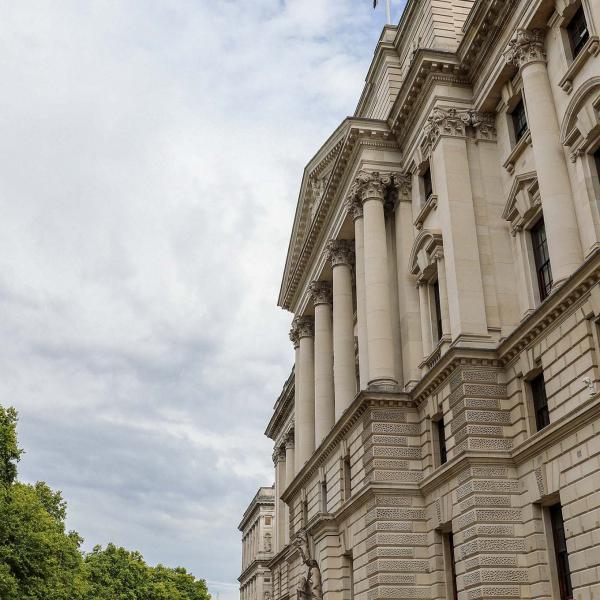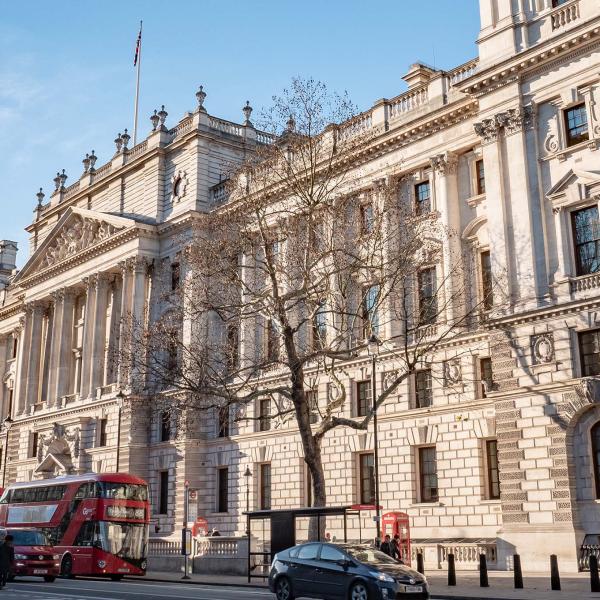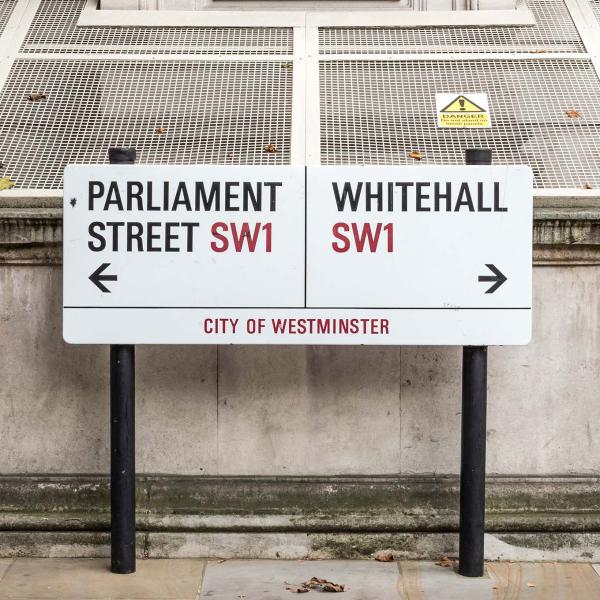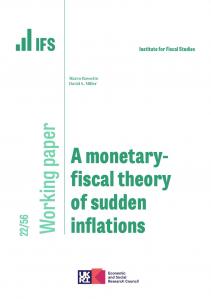Today the Office for National Statistics and HM Treasury published Public Sector Finances January 2014. We now have details of central government receipts, central government spending, public sector net investment, borrowing and debt for the first ten months of financial year 2013−14.
Headline Comparisons
- Central government current receipts were forecast to increase by 4.6% between 2012–13 and 2013–14 by the Office for Budget Responsibility (OBR) in its December 2013 Economic and Fiscal Outlook. This forecast implies that revenues are expected to be 1.2% higher during the last five months of the financial year (November 2013 to March 2014) than in the same months last year.
- Central government current spending was forecast by the OBR to be 1.9% higher this year than last year. This forecast, made in December 2013, implies that spending during the final five months of this financial year will be 1.1% higher than in the same months last year.
- Public sector net investment totalled £3.2bn in January 2014, which was £0.3bn more than was spent in January 2013. Public sector net investment between April 2013 and January 2014 was £18.4bn, which is 5.8% higher than in the same ten months of 2012−13 (adjusting for the effects of the transfer of Royal Mail pension assets to the public sector). The OBR’s latest forecast was that net investment in 2013–14 would be £24.9bn, or 9.1% above last year’s level.
Today’s headline figures suggest that receipts in January 2014 were 5.7% lower than in January 2013. This reduction is driven in large part by changes in income from interest and dividends related to the Bank of England’s Asset Purchase Facility (APF), which fell by £3.6 billion, or 83.7%, between January 2013 and January 2014. Underlying receipts were in fact the same in January 2014 relative to the same month last year.
Over the first 10 months of this financial year, underlying receipts were 3.3% higher in 2013–14 than they were in 2012–13. This compares to an OBR forecast for the year as a whole of 3.6% growth. Therefore, if the rate of growth seen so far were to continue for the rest of the year, receipts would fall short of the OBR’s forecast by £1.3bn.
Today’s figures suggest that central government current spending was 0.6% higher in January 2014 than in the same month last year. Over the first 10 months of 2013–14, spending has been 1.3% higher than over the same months in 2012–13. If this rate of growth were to continue, central government current spending would undershoot the OBR’s forecast by £4.1 billion. However, there are some differences in the timing of payments made by central government this year relative to last year; therefore, some of this apparent undershoot could unwind over the next two months.







